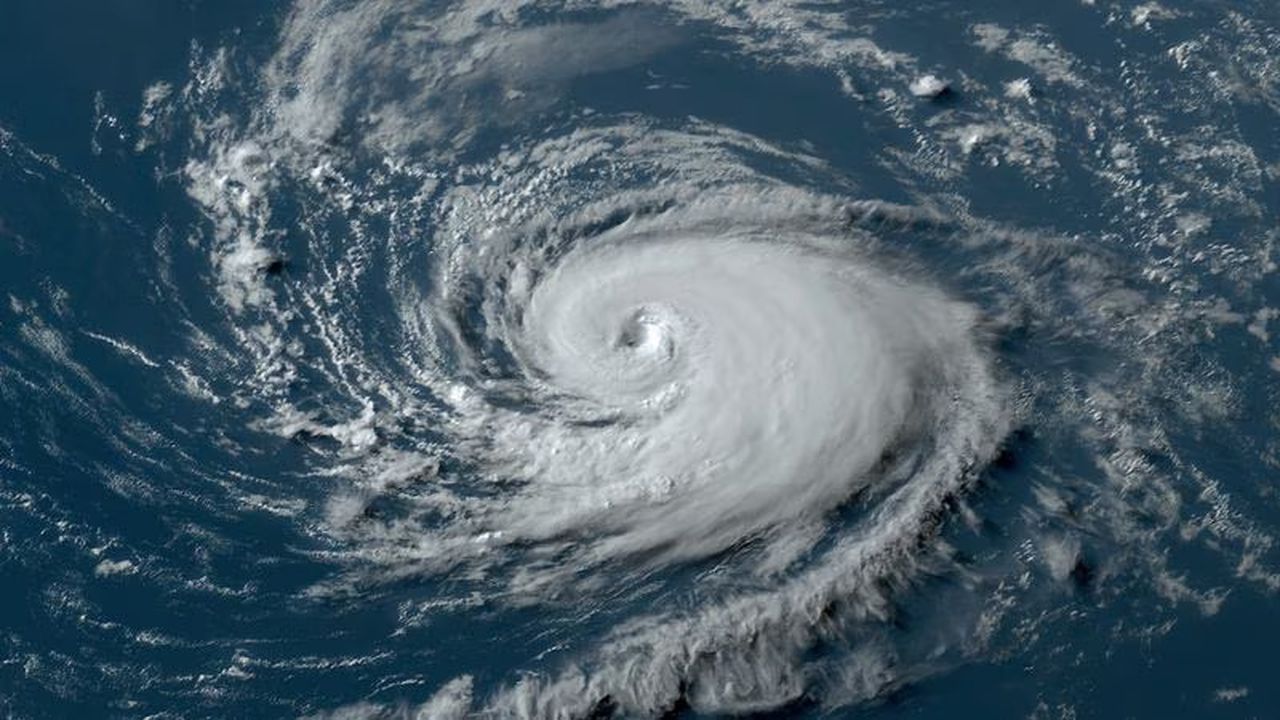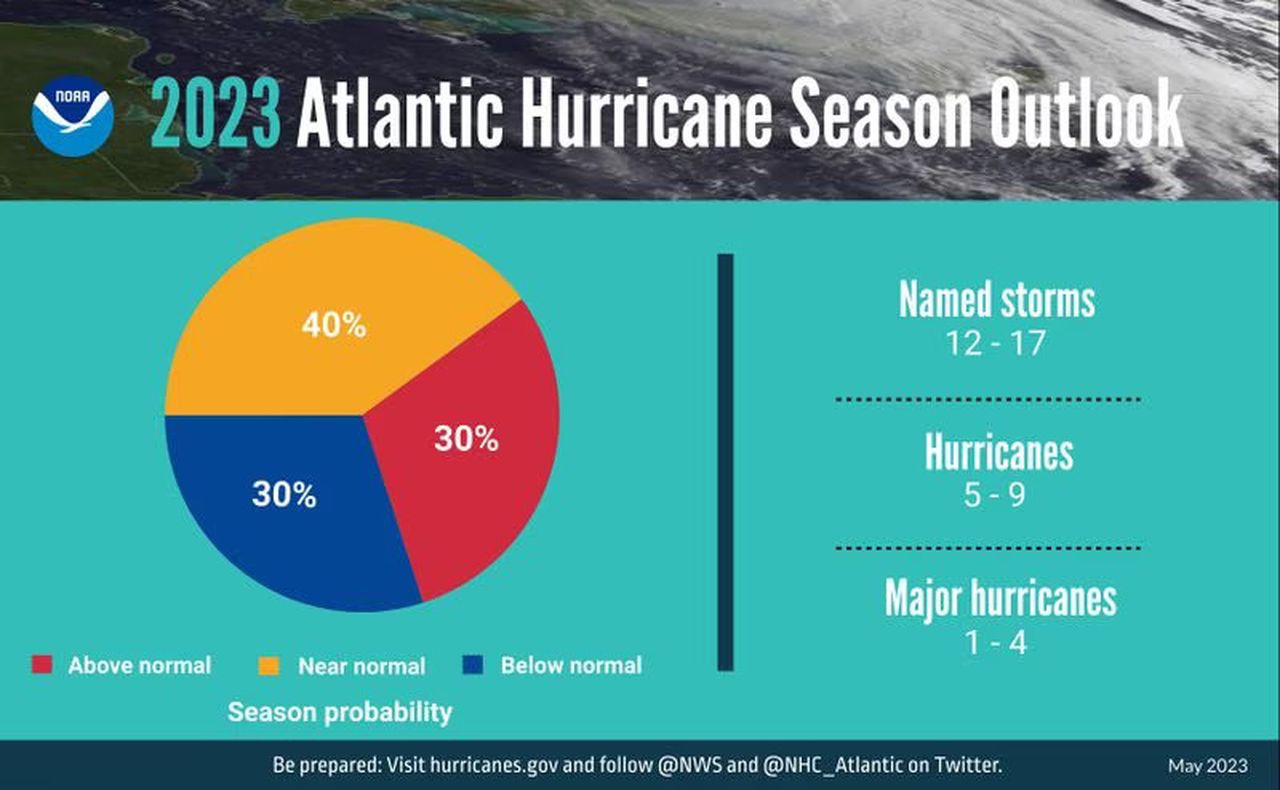ðAre you ready for the second half of hurricane season?
Did you know that the National Oceanic and Atmospheric Administration says there could be up to 11 hurricanes between now and November 30?
For the Reckon Report this month, we’re going to be focusing on climate change, the increasing violence of natural disasters and solutions communities are trying out to keep life going on our warming planet.
Are you ready for the second half of hurricane season? Last week, NOAA updated its prediction for Atlantic hurricane season from a “near normal” level of activity to an “above normal” one. So far, the 2023 season has been pretty quiet. As of July 24, there have been four named storms: Arlene, Bret, Cindy and Don, as well as one unnamed subtropical storm that happened in January, months before the official season started on June 1. NOAA forecasters are predicting 21 named storms in all, half of which could become hurricanes. Storm damage has been minimal, and no deaths have been reported. But the record-breaking temperatures of the Atlantic Ocean’s waters plus the weather conditions created by El Niño could create more favorable conditions for the formation of destructive storms.
Atlantic hurricane season outlook
A QUICK LOOK BACK
Hurricanes have always plagued communities along the Atlantic Ocean, Caribbean Sea and Gulf of Mexico. But they’ve become more frequent and more destructive in recent decades. In fact, out of the nine most active hurricane seasons since record-keeping began, six have happened in the last 20 years. The most destructive seasons in that time were 2021 (21 tropical storms, of which 7 became hurricanes, 4 of them considered “major”), 2020 (30 tropical storms, of which 14 became hurricanes, 7 of them considered “major”) and 2005 (28 tropical storms, 15 of which became hurricanes, 7 of them considered “major”).
WHY IT MATTERS NOW
The relative calmness of hurricane season up to this point may lull some people into a sense of false security. But if you live in an area that is regularly affected by hurricanes, you still have some time to prepare. NOAA has tips on what you can do right now, long before a storm makes landfall. The agency also offers information on how to stay safe during and after a storm.
GO DEEPER

Hurricane Don
RECKON FINAL NOTE
Unlike many other weather disasters, hurricanes aren’t a sudden occurrence. They’re projected days (sometimes weeks) in advance and their paths are updated continuously using charts called spaghetti models. But even the most advanced predictions can’t account for the individual situations for people living in the path of a hurricane. Many people can’t get up and leave. Evacuation is stressful and expensive. The needs of people with disabilities and pets are also not taken into consideration by evacuation shelters. But it’s important to have a plan regardless. FEMA’s disaster preparedness site, Ready.gov, has a series of tips on how to prepare for a hurricane and many can be done weeks or months ahead of time. For example, creating a family communication plan or stocking up on emergency supplies isn’t something that has to be done once a storm makes landfall. As with other emergencies, having some advanced preparation, no matter how small, is better than having none at all.
